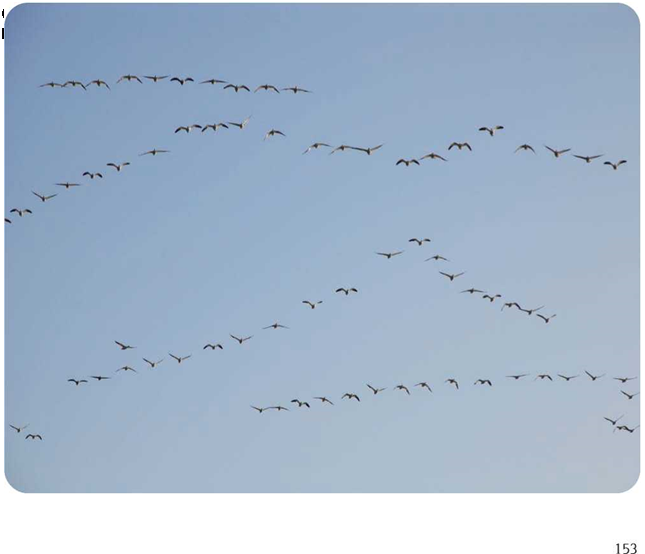Migration and Navigation
Like airplanes, some birds fly in formation. Many people have admired the V-formation of a group of geese in flight. Formation flying offers an aerodynamic benefit: each bird gets extra lift from the slipstream (the air pushed back) of the bird in front. The formation also keeps the birds together on long flights.
 |
Some birds make incredibly long journeys during migration, crossing oceans and continents. Small migratory birds usually fly at night, stopping during the day to rest and feed. Larger birds often fly by day, resting at night.
How birds navigate is not clearly understood. They rely on instinct in some mysterious way. The European cuckoo lays its eggs in the nest of another breed of bird and flies away, leaving the chick to be raised by host parents.
The young cuckoo, without ever having had contact with its real parents, will then fly south to Africa in winter as those parents did. Birds follow visual landmarks such as rivers and mountains, and it is thought they also navigate by the stars and by Earth’s magnetic field. Many birds return to the same nesting site year after year.










